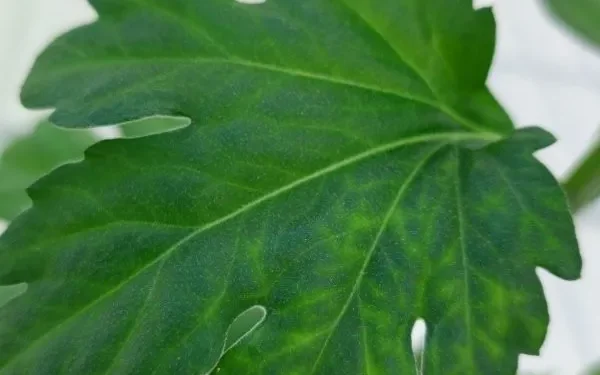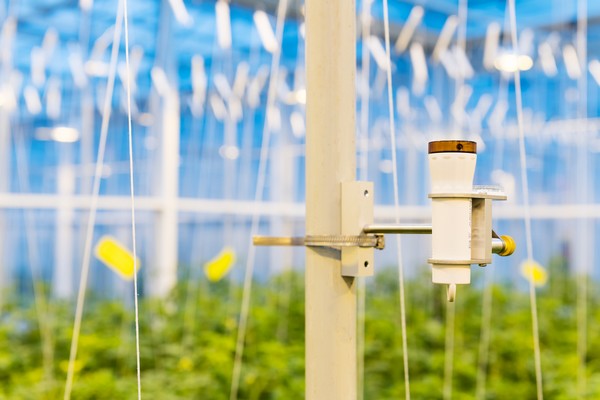In the world of agriculture, early detection of plant viruses is crucial for preventing widespread crop damage and ensuring sustainable yields. Traditionally, identifying viral infections in crops can take weeks, as symptoms often do not appear immediately after infection. However, a new research initiative by the Business Unit Greenhouse Horticulture of Wageningen University & Research (WUR) aims to revolutionize this process by using Raman spectroscopy, a cutting-edge detection technique that could allow growers to identify viral infections much earlier.
A plant virus, composed of proteins and a genetic material component (either DNA or RNA), is so minute that it cannot be detected by the naked eye. After a plant becomes infected, it usually takes time for visible symptoms to manifest, making early detection challenging. However, research led by WUR’s Corien Voorburg is investigating whether Raman spectroscopy can detect these viruses more quickly, providing a significant advantage to growers.
Raman spectroscopy is a technique that analyzes the scattering of laser light to gather information about the chemical composition of a material. This method is already employed in other fields, such as art conservation, to determine the age of ancient paintings. In the context of plant virology, the scattering patterns can reveal changes in the metabolic activity of plant cells that occur almost immediately after a virus infects a plant. By detecting these subtle changes, which may not be visible otherwise, Raman spectroscopy could enable early identification of viral infections.
To test the potential of this technology, WUR conducted experiments with the tomato spotted wilt virus (TSWV) in chrysanthemums, a virus known to cause significant challenges within the sector. These experiments aimed to determine whether the changes in leaf structure caused by the virus could be detected through Raman spectroscopy. Currently, if a grower suspects a virus infection, they must send a sample to a laboratory for testing, a process that can take several days. Raman spectroscopy could drastically shorten this timeline.
Voorburg envisions a future where this technology could be miniaturized into a handheld device. Such a device would allow growers to scan crops directly in the greenhouse and receive immediate feedback on potential viral infections. However, challenges remain. The conditions within a greenhouse—such as varying temperatures, the presence of insects, and different plant varieties—introduce complexities not present in a controlled laboratory environment. These variables can affect the accuracy of virus detection using Raman spectroscopy.
Despite these challenges, the potential benefits of implementing this technology are significant. If successful, it could allow growers to detect virus infections earlier, thus preventing further spread and minimizing crop damage. This proactive approach would be a valuable addition to the toolkit of sustainable agriculture, helping to safeguard crops and reduce economic losses.
The ongoing research into the application of Raman spectroscopy in agriculture is supported by Wageningen University & Research, demonstrating their commitment to advancing innovative solutions for the agricultural industry.











